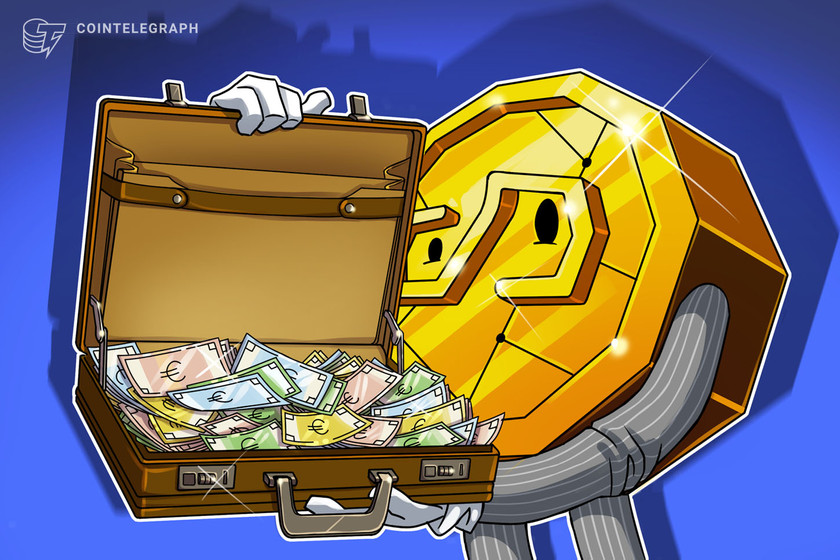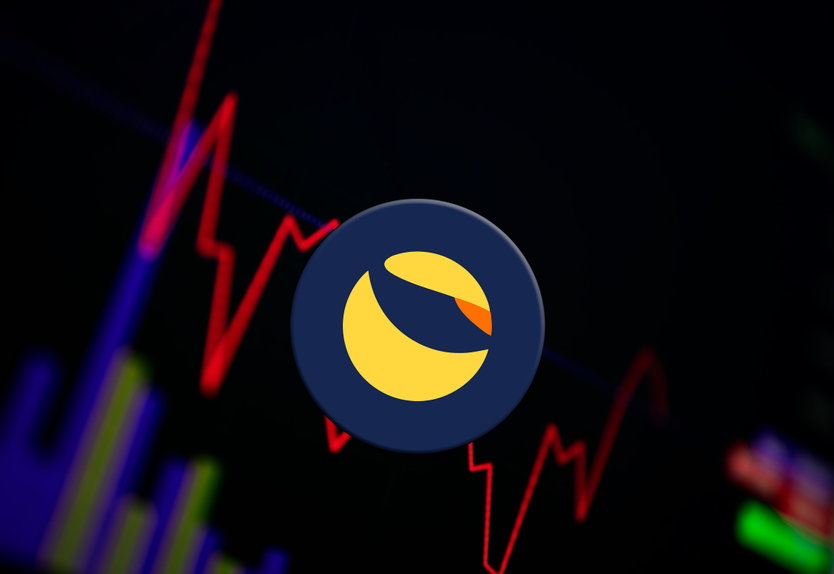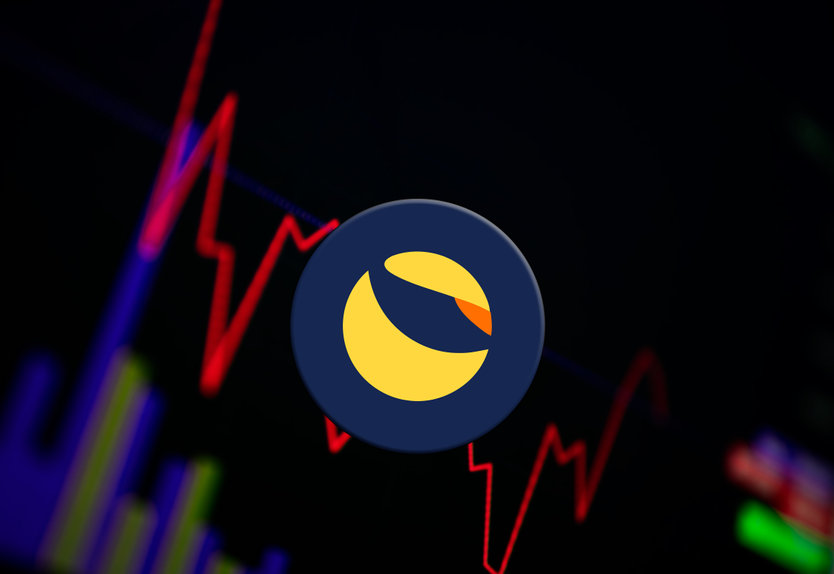2023-9-19 15:45 |
The 2008 financial crisis was a landmark moment in the history of finance. It changed the image of banks from indispensable pillars of modern society to institutions that chased profits with about as much heed for money as a used-car salesman.
Post-2008, the question hung in the air uneasily: could banks be trusted again? After all, they encouraged reckless real estate buying by reducing interest rates to zero, causing property prices to spike and encouraging people to buy homes they couldn’t afford.
In other words, they abused trust, or so it was thought. As a result, people sought to keep their dollars far away from bankers’ grubby hands.
But where should they go? It seemed the only alternative to savings’ accounts was a mattress. That was until a pseudonymous entity released a certain white paper that would forever transform the conception of trust.
On Oct. 31, 2008, a developer, or group of developers known as Satoshi Nakamoto, released a white paper entitled “Bitcoin: A Peer-to-Peer Electronic Cash System. The paper’s notion of decentralized consensus, basically a way to balance a ledger without needing to trust a central authority, was intriguing.
Was it possible to operate a “trustless” economic system that relied on computers to do what was in the best interest of participants? For many at the time, the answer to that question was a resounding yes.
New Paradigm Fueled a Flurry of Bitcoin BusinessesAccording to its white paper, Bitcoin was intended to be a store of value, a medium of exchange, and a unit of account. It promised to protect our savings from inflation, have payments utility, and offer a new metric by which to measure value.
For a time, entrepreneurs cottoned on to this trifecta of benefits, causing Bitcoin-based businesses to spring up in major financial centers.
Gemini founders Cameron and Tyler Winklevoss were early believers in this new money revolution and founded the Gemini exchange in New York. Ripple executive Jed McCaleb co-founded the now-infamous Mt. Gox in Tokyo in 2010, which at one point handled almost all Bitcoin trades.
But, almost 15 years since the launch of the original Bitcoin white paper, we have to face some real questions. Did Bitcoin succeed in replacing the traditional financial system? No. Banks didn’t go out of business because people chose crypto instead of dollars. And crypto has yet to overtake traditional finance.
But why? Is it because of flaws in Bitcoin’s design, or did we overestimate the strength of the incumbent financial system?
Did Advent of Ethereum Blind Investors to Risks?Although the notion of decentralized money started with Bitcoin, it was only when Vitalik Buterin, Gavin Wood, and several others conceived and released the code for Ethereum that blockchain started to resemble an alternative financial system, replete with most of the services we are used to from traditional banks.
Instead of just being a censorship-resistant monetary system outside the control of any government, Ethereum, via smart contracts, offered new ways to bank. Returns customers could earn through so-called yield products made bank account earnings look laughable in comparison.
What is decentralized lending? Find out more here.
But they also carried significant risk. Any entity could create an application that promised outsized returns but later vanish with customer funds.
It also offered investors products involving margin that could see them lose money when prices fell. Unlike a traditional exchange, where a broker could call an investor to supply more capital to prop up their margin position, DeFi protocols could liquidate leveraged positions clinically and leave investors holding the bag, so to speak.
In other words, many investors invested in DeFi without being fully prepared to manage the risk. Therefore, there was little recourse if people stole crypto; if it was gone, it was gone, and there wasn’t much that could be done about it.
Most recently, one of the most trusted DeFi applications, Curve Finance, suffered a $50 million hack.
Read more here about the notion of financial freedom offered by DeFi.
Projected size of North American DeFi market | Source: Fortune Business InsightsBut is it all doom and gloom for the foreseeable future? Not necessarily, says Danny Chong, who heads up Tranchess, a platform specializing in yield and staking products.
DeFi’s Approach to Manage Risk is Immature: ChongAccording to Chong, decentralized finance can do many things better than banks but lacks key features banks use to attract and keep new business. A former investment banker of 12 years, Chong suggests banks still handle many tasks better than DeFi, which, in his view, has an immature approach to risk.
Read up on the main differences between centralized and decentralized finance here.
For example, banks follow rules governing minimum capital requirements as part of advanced risk frameworks that harden them against failure. He said the recent collapses of mid-sized US banks in March resulted from the misalignment between client and bank investment strategies.
Find out more about the 2023 US banking crisis here.
In other words, the bank invested in assets mismatched with the client’s liquidity needs. Hence, their failures were a specific case of poor risk management and were not necessarily a flaw of banks in general.
“Banks are still important. [The question DeFi enthusiasts must ask is], do we need to replicate what we have?”
The answer is no, at least for now, Chong says. Banks can be relied upon to do what they do best.
“However, there are certain things that DeFi does better, like remittances, for instance. We should focus on maximizing the strengths of DeFi.”
Chong sees PayPal’s PYUSD stablecoin as a net positive for DeFi since it may offer e-commerce customers not otherwise inclined to dabble in blockchain an opportunity to experiment.
“I’m excited about PYUSD because of its affiliation with PayPal, a regulated company. I see its stablecoin leading to a convergence between the well-banked and the unbanked. PayPal could eventually lead e-commerce customers into DeFi and blockchain if companies like Amazon come on board.”
Investors Need Centralization Before DecentralizationHowever, according to Chong, DeFi is still very much the Wild West. To properly focus development efforts, DeFi must have rules to manage risk to protect investors.
Some DeFi purists might argue that this is a step backward. Not so, Chong argues.
“Not many people have enough understanding or money to get into traditional investments. Crypto assets packaged in wrappers like the Grayscale Bitcoin Trust (GBTC) must be managed. But sometimes, products and services need to be centralized before becoming decentralized.”
He envisions a future where DeFi and blockchain technology can expose investors to large investments previously reserved for “accredited investors.”
“Real-world asset tokenization will be more efficient without a middleman. Eventually, real-world assets, for example, a $50,000 investment, could be split into $100 pieces.”
But again, these DeFI products will need rules on the ownership of assets and their implications for imports and exports. So, in sum, rules may be a necessary evil to manage risk and fully realize the benefits of DeFi.
Got something to say about whether DeFi needs rules to manage risk, or anything else? Please write to us or join the discussion on our Telegram channel. You can also catch us on TikTok, Facebook, or X (Twitter).
The post We Need Banks Until DeFi Has Better Rules, Says CEO appeared first on BeInCrypto.
origin »Defi (DEFI) íà Currencies.ru
|
|


























